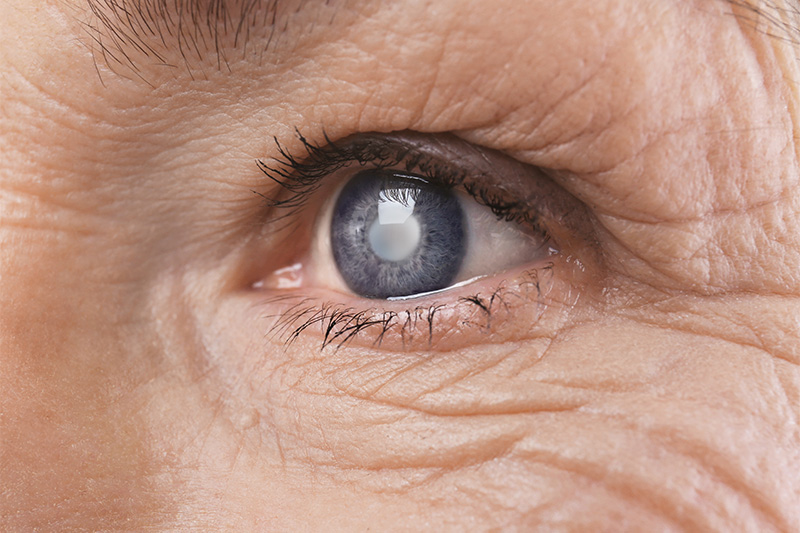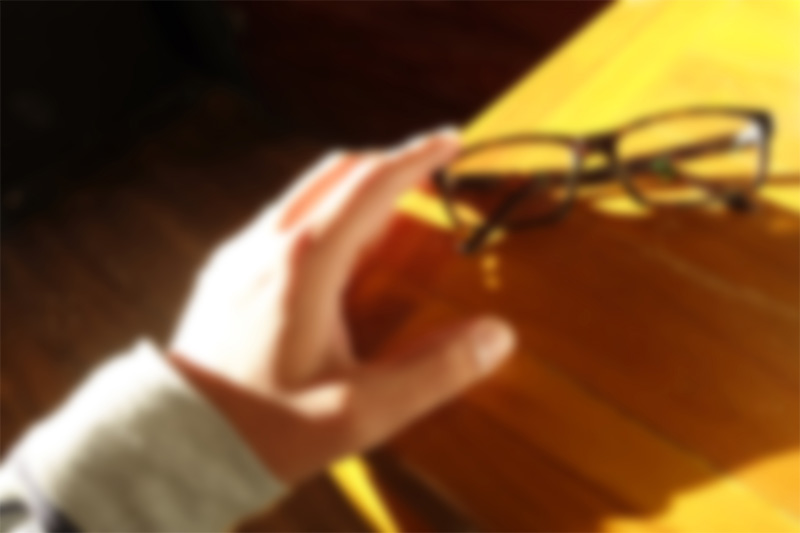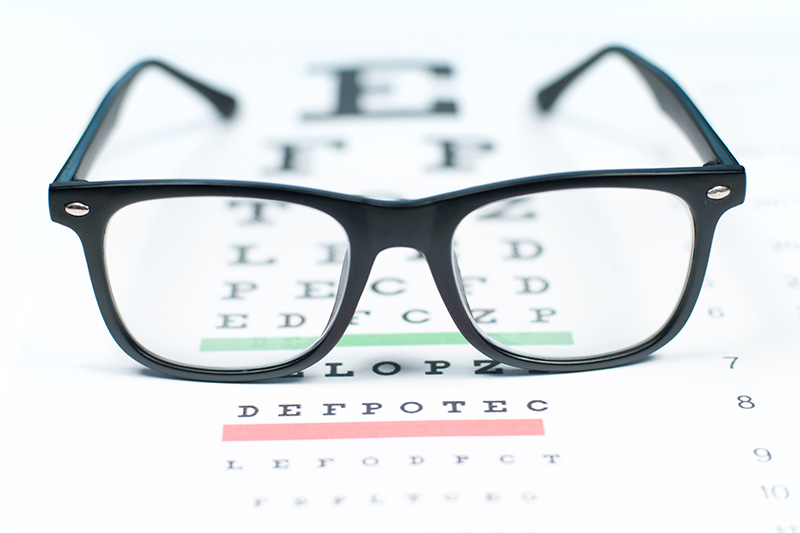While the symptoms of blindness are rather difficult to pick up, cataracts happen to be the number one cause of blindness for people past the age of 40.

A cataract is an eye condition that develops when proteins in the eye lens begin to break down. As the proteins break down, the lens becomes cloudy, thus impairing your vision. Cataracts affect nearly 1 in every 6 Americans over the age of 40.
Because they are so common yet hard to track, you must know of the few signs that exist. To help you keep your eyes in optimal health, here are 7 silent signs of cataract you may have without even knowing it.
Cloudy or Blurry Vision

Naturally, since the clouding of your lens causes cataracts due to the breakdown of proteins, you may find that your eyesight becomes cloudy or blurry. It tends to start small, having very little to no effect on your vision. Over time, however, you may notice that lines in your vision are no longer sharp, instead resembling a soft painted picture. Because a cloudy or blurry vision is also a symptom of glaucoma, you should be sure to consult with an eye doctor as soon as possible.
Weakened Color Perception

One of the most common symptoms of a cataract is weakened color perception. Thanks to the clouding of the eye lens, colors can begin to appear either less vibrant or more dull with time. Furthermore, what might’ve looked purely white before may begin to look yellowish instead.
Difficulty Driving at Night

Because cataracts make it especially difficult for your eyes to see the contrast between darkness and bright lights, cataracts tend to result in difficulty with nighttime driving. Especially if headlights start to become a trouble for you, it may be time to visit an optometrist.
Hard Time Reading Small Print

While this is a symptom of cataracts, it could be easy to mix up with a general deterioration of your eyesight. However, if reading small or fine print suddenly becomes a difficult task when it used to be normal, this could be a sign of a cataract. This happens when the proteins in the eye lens begin to clump together, making the smaller print difficult to see in the eye’s refractive mirror. Many people with cataracts explain this impairment of sight as trying to read while having a film in front of their eyes.
Light Sensitivity

Another common symptom of a cataract is being especially sensitive to light. Whereas you might have been able to look into normal light with ease, it may now become a cringy experience for you. Light from lamps, the sun, headlights, and even computer monitors––innocent lights––may now be too difficult to bear. Because the fogginess of the cataract doesn’t allow a clear path for light to reach the back of the eye, it can be especially difficult for people to look into otherwise normal light.
Double vision

Double vision, which is medically known as diplopia, is another silent symptom of cataracts. Unlike having an improper alignment of the eyes, double vision caused by cataracts occurs even if you look through one eye. This double vision effect happens when the cataract grows in size, clouding more of the lens and distorting light that passes through. Due to this distortion, you may see double through one eye.
Frequent Changes in Your Glasses/Contacts Prescription

Once you start wearing glasses or contacts, it’s common to have to change the strength of your prescription over time. However, this usually happens over a longer time. If you notice that you have to get frequent changes to your prescription, this can be a sign of a cataract.
In some cases, the initial development of cataracts can cause temporary improvement to your near vision, resulting in no longer needing glasses. As the cataract grows, however, your eyesight will eventually decline, resulting in an increased need for prescription glasses or contacts.


